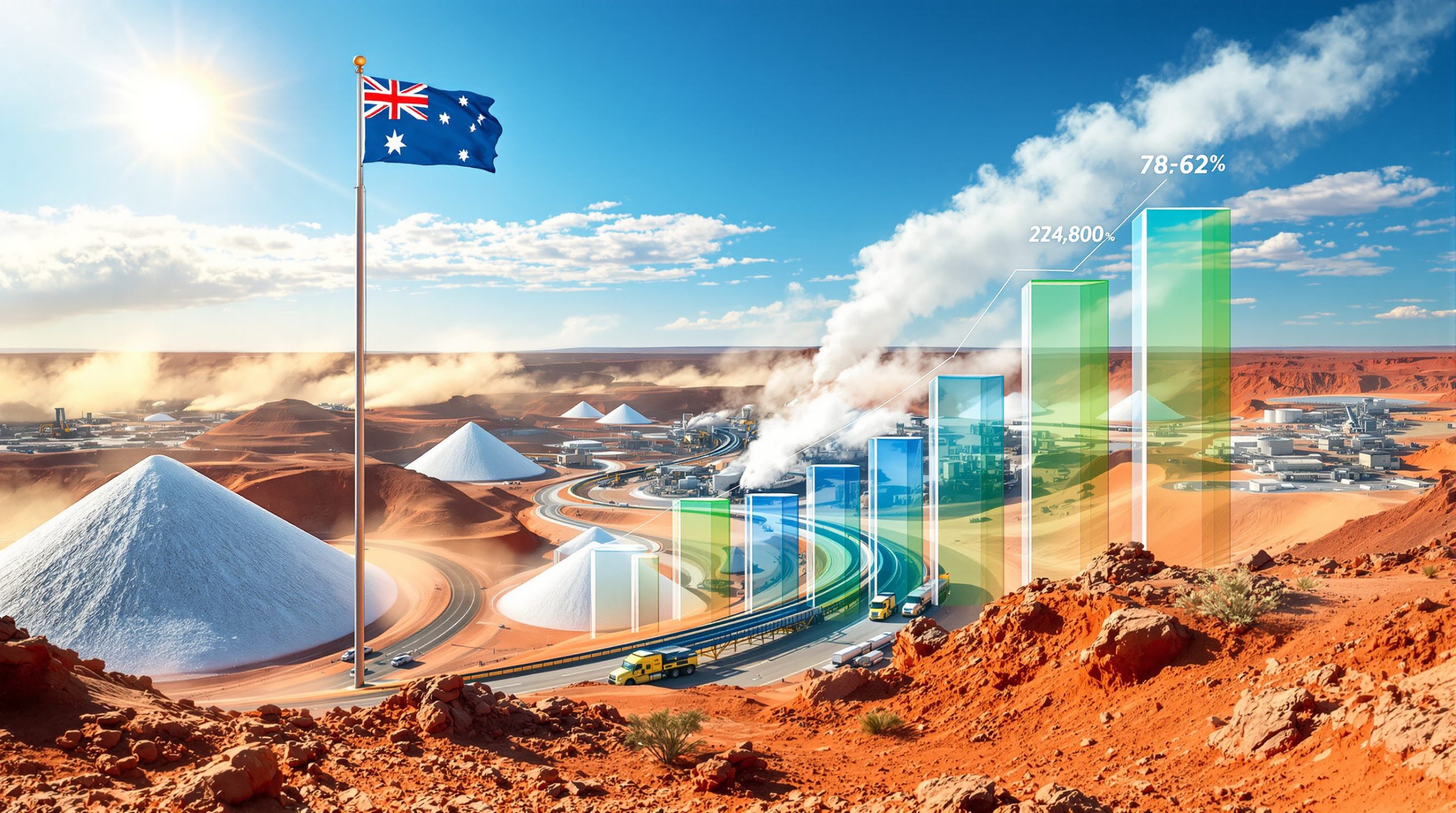Crude Oil Price Surge: Causes, Market Dynamics, and Future Implications
The recent surge in crude oil price jump, breaking past $64.50 per barrel with a 16% weekly increase, has drawn significant attention from investors and economists alike. This abrupt rise, from $55 per barrel to over $64.50, reflects a combination of geopolitical tensions, supply-demand imbalances, and broader global commodities insights. Simultaneously, gold prices soared to record highs, climbing 25% over nine weeks, while platinum and palladium rebounded sharply from $900 to $1,000 per ounce. These movements underscore interconnected market forces and strategic opportunities for traders, with portfolios like the Gold and Silver Club reportedly generating over 10,000 points in profit during this period. This report examines the drivers of the crude oil price jump, its historical context, correlations with other commodities, trading strategies, economic impacts, and future projections.
What Caused the Recent Crude Oil Price Jump?
Breaking the $64.50 Barrier
The 16% weekly surge in crude oil prices, from $55 to over $64.50 per barrel, marks one of the most significant short-term movements in 2024. Key technical indicators, including the breakout above the 200-day moving average and rising trading volumes, signaled bullish momentum. The Relative Strength Index (RSI) surpassed 70, indicating overbought conditions, while open interest in futures contracts surged by 12%, reflecting heightened speculative activity. According to recent market analysis, these technical patterns have provided traders with clear entry points.
Geopolitical Factors Driving the Price Increase
Escalating tensions in the Middle East, including drone strikes on oil infrastructure in Saudi Arabia and renewed sanctions on Iranian exports, disrupted approximately 500,000 barrels per day (bpd) of global supply. Concurrently, OPEC+ extended production cuts of 2.2 million bpd through Q2 2024, tightening market liquidity. Russia's pledge to reduce output by 500,000 bpd further compounded supply constraints, creating a deficit of 1.8 million bpd in April 2024. Furthermore, Trump's market impact has created additional uncertainty in global energy markets.
Supply and Demand Dynamics
Global oil demand rose to 102.4 million bpd in Q1 2024, driven by post-pandemic industrial recovery in Asia and colder-than-average temperatures in the Northern Hemisphere. Meanwhile, U.S. crude inventories fell by 6.5 million barrels, exceeding forecasts of a 3.2 million drawdown, while refinery utilization rates climbed to 89.7%. Seasonal demand ahead of the summer driving season exacerbated price pressures, with gasoline futures rising 9% in tandem. China's stimulus effects have also contributed significantly to the increased demand for crude oil.
How Does This Oil Price Jump Compare to Historical Patterns?
Recent Price Volatility Analysis
The 16% weekly increase eclipsed the 2023 average weekly volatility of ±8%. Comparatively, the 2020 price collapse (-40% weekly) and 2022 post-Ukraine surge (+22%) highlight crude oil's sensitivity to geopolitical shocks. Technical analysis identifies $64.50 as a critical resistance level, last tested in November 2023, with support now established at $58.20. For investors following price movements, the latest updates from Oil Price provide valuable context on inventory changes affecting the market.
Seasonal Trends in Crude Oil Pricing
Historically, Q2 crude oil prices have risen by an average of 9% since 2015, driven by refinery maintenance completions and summer demand anticipation. The pre-Easter rally aligns with a 15-year pattern of 7% median gains in April, though the 2024 surge exceeded this by 9 percentage points.
What's the Relationship Between Crude Oil and Other Commodities?
Gold's Simultaneous Record-Breaking Performance
Gold's 25% nine-week rally to $2,450/oz coincided with crude oil's ascent, reflecting a dual emphasis on inflation hedging and safe-haven demand. The 60-day correlation coefficient between Brent crude and gold market trends strengthened to 0.78 in April 2024, the highest since 2020.
Platinum and Palladium Market Recovery
Platinum's V-shaped recovery from $900 to $1,000/oz mirrored improving automotive demand, with hybrid vehicle catalyst applications rising 12% year-over-year. Palladium's 11% rebound reflected supply constraints from South African mining disruptions, which cut output by 300,000 ounces in Q1.
How Are Traders Capitalizing on the Crude Oil Price Jump?
Trading Strategies During Rapid Price Movements
Momentum traders leveraged breakouts above $62.40 using Fibonacci extensions, targeting $68.80 as the next resistance. Hedgers utilized put options at $60 strikes to mitigate downside risk, with volatility index (OVX) premiums rising 35%. The Gold and Silver Club's 10,000-point profit derived from pairing long crude oil positions with short natural gas futures, capitalizing on a -0.6 correlation. Many investors are now implementing sophisticated data-driven strategies to navigate these volatile market conditions.
What's the Economic Impact of Rising Crude Oil Prices?
Effects on Consumer Prices and Inflation
A 10% crude oil price increase typically elevates U.S. gasoline prices by 6% within 3 weeks, translating to a $0.25/gallon hike. Core inflation could rise by 0.4 percentage points within two quarters, potentially delaying Federal Reserve rate cuts. Recent market analysis from Reuters highlights how currency fluctuations are amplifying these price effects.
Industry-Specific Consequences
Airlines face a $4 billion quarterly fuel cost increase at current prices, while shale producers report 18% profit margin expansions. Petrochemical manufacturers absorbed a 7% input cost hike, reducing EBITDA by an estimated $12/ton.
What's the Forecast for Crude Oil Prices?
Short-Term Price Projections
Technical targets suggest a bullish flag pattern projecting a move to $72.40 if $66.80 is breached. OPEC's June 1 meeting on production policy and U.S. SPR releases (potentially 1 million bpd) represent key near-term catalysts. The crude oil price jump has created both challenges and opportunities across multiple sectors.
Long-Term Market Outlook
Energy Transition Accelerated Scenarios (ETAS) predict peak oil demand by 2028, capping long-term prices at $85/bbl. However, under-investment in upstream projects ($500 billion below 2014 levels) risks supply crunches post-2026.
Disclaimer: This article contains market analysis and projections that are subject to change based on evolving global conditions. The information provided should not be considered investment advice. Investors should conduct their own research before making financial decisions related to the crude oil market or any other commodities discussed.
Ready to Capitalise on the Next Major Oil Market Movement?
Discover and react to significant market shifts before they happen with Discovery Alert's proprietary Discovery IQ model, which transforms complex market data into actionable insights across commodities including oil and gold. Begin your 30-day free trial today at Discovery Alert to position yourself ahead of market movements.




